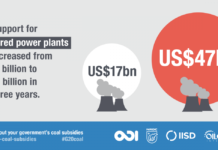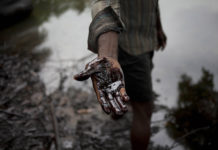Yes, this is a valid concern. Fortunately, we now have a mixture of technologies and operational strategies that can address this issue.
There are many ways to compensate for the intermittent nature of solar and wind power sources to provide the necessary base-load power for today’s energy hungry grid — here are four of them:
- Grid Balancing — Install perhaps 30 to 50% more solar than you need in your region. So, for example in the USA, when the sun is shining in the morning in New York, excess power can be sent westward to those still in early morning hours. The reverse also works — in the summer evenings in California, power can be sent eastward for an hour or two after sunset.
- Concentrated Solar Power (CSP) technologies work by super-heating an energy storage material (such as molten salt). This heat is then used to create steam and drive turbines all day while the sun is shining. Since the molten salt contains a tremendous amount of stored heat — excess energy above grid demand during the day — this super-heated material can then be used to produce steam -> rotational energy -> electricity for a few hours after sunset.
- Energy Storage such as gravity storage and pumped hydro-power can store excess energy all day while the sun shines and the wind blows, then be used to generate power at night. New highly scalable, decentralized cloud-based solutions such as Vehicle-to-Grid aggregation strategies can also be deployed to charge millions of EV car / truck batteries during the day using excess solar and wind power, and then fractionally drawn down at night to energize the electrical grid.
- Geothermal Energy — Drill deep holes into the Earth’s crust in regions where magma is near to the surface, install piping, pump water through pipes to heat to steam, use steam to power industrial processes or drive turbines to produce electricity. Rinse and repeat — there is no shortage of heat in the Earth’s core.








